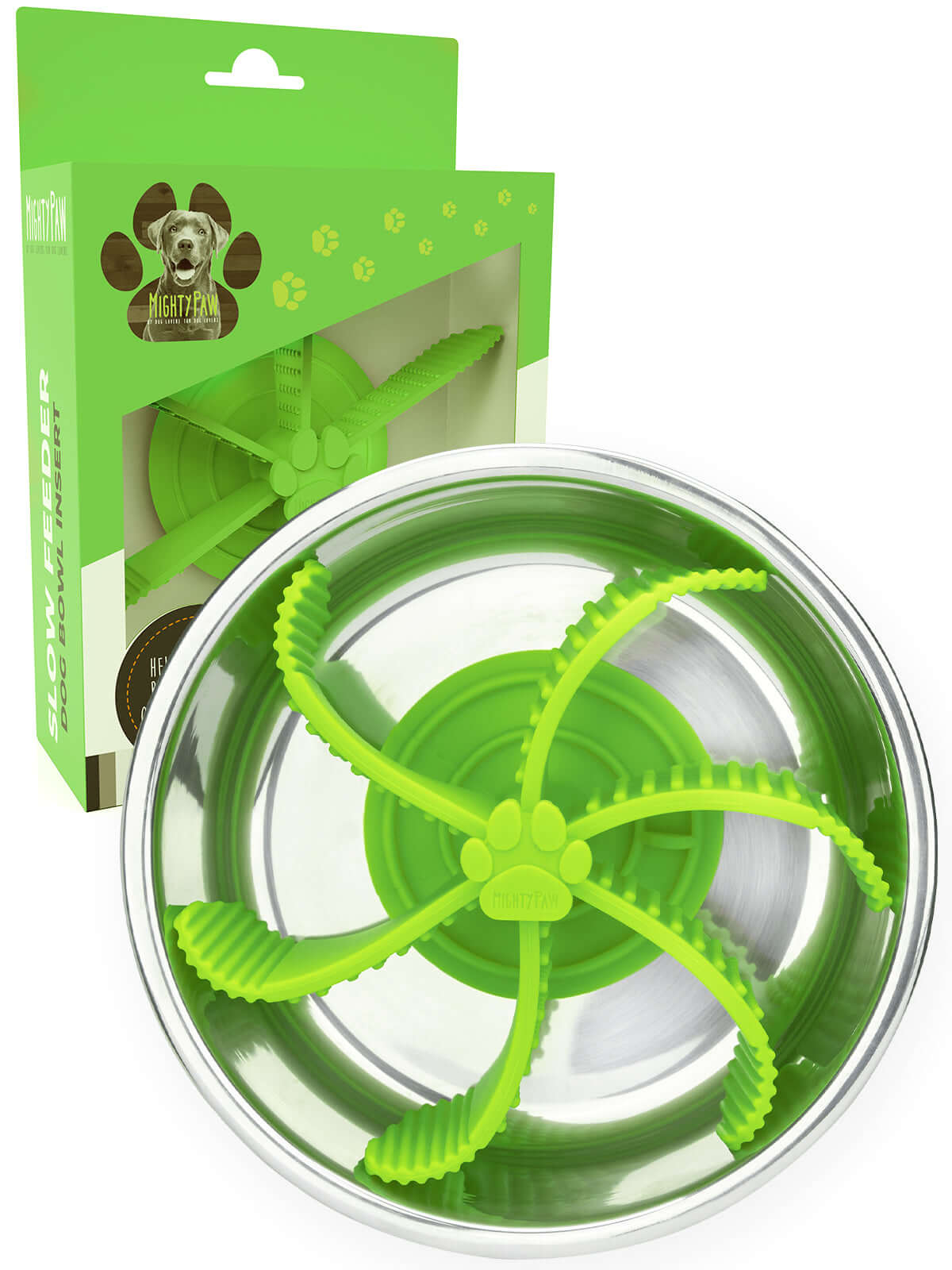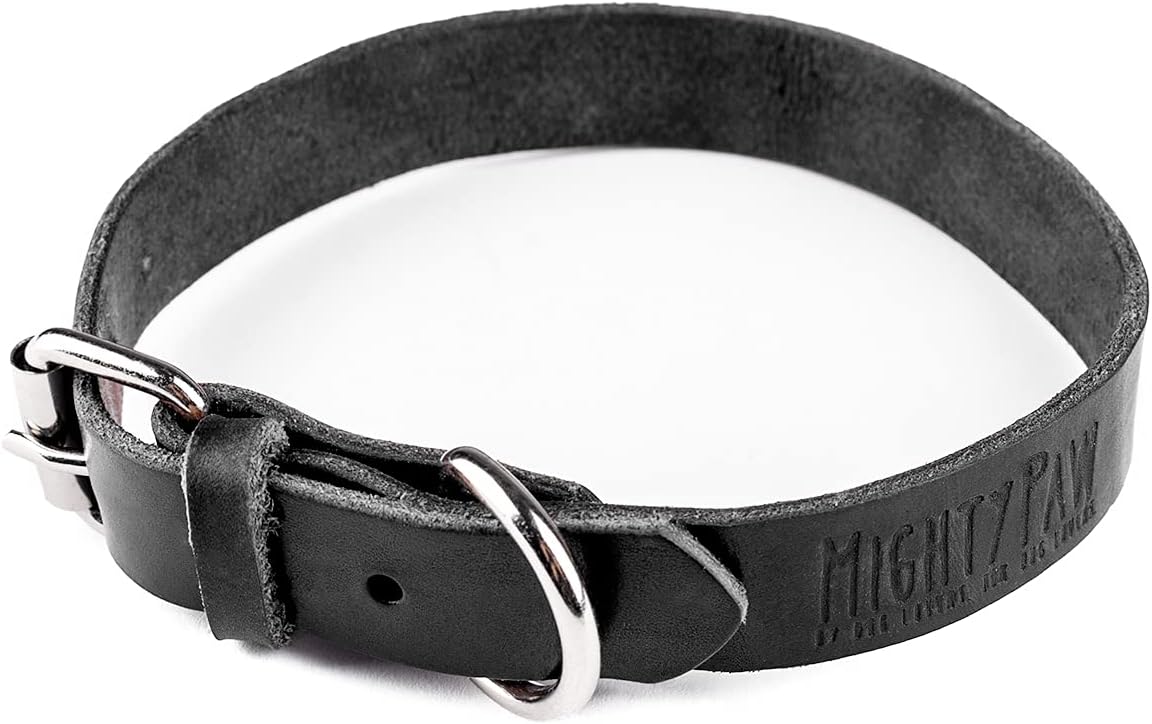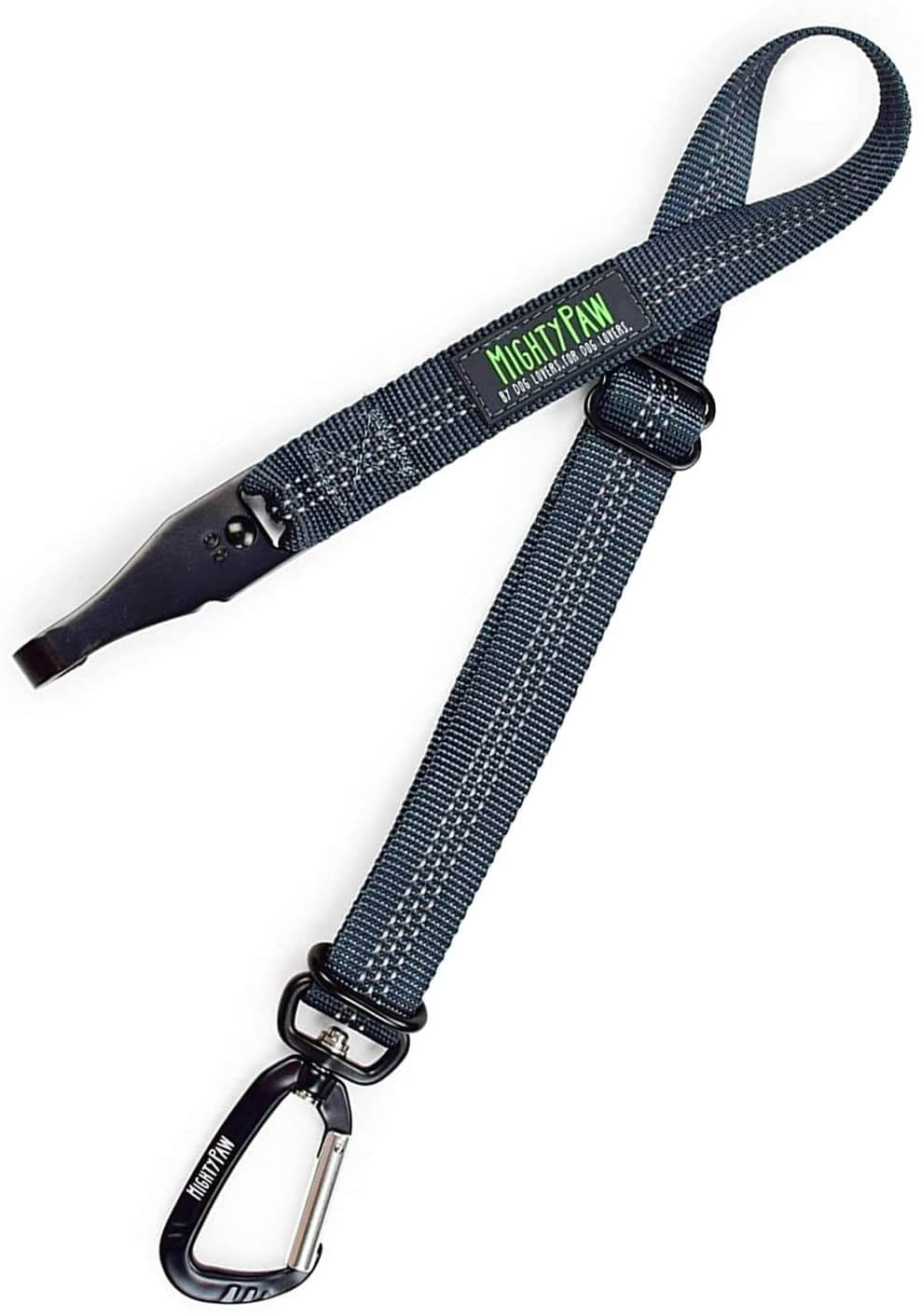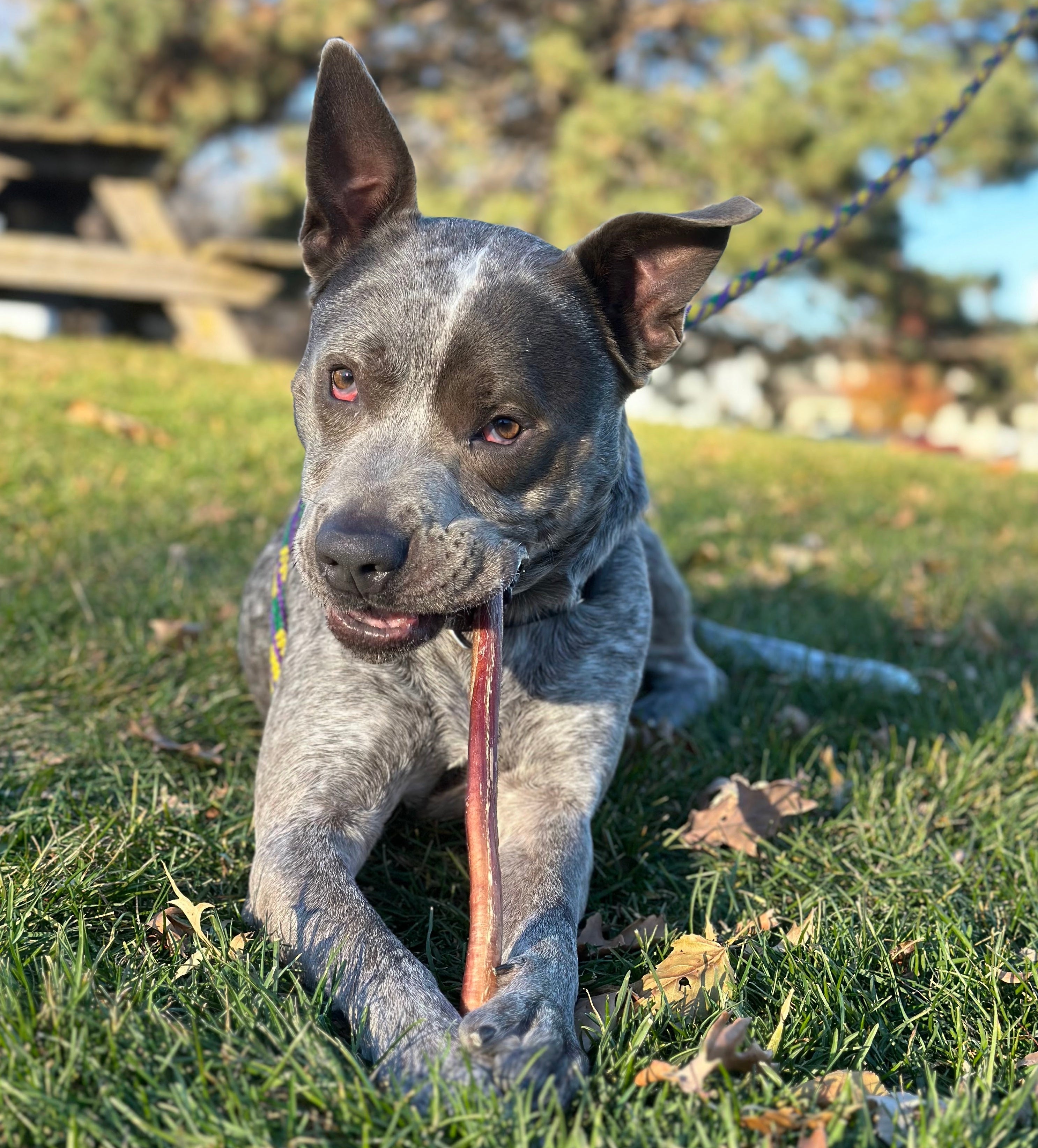Is it a good idea to get a puppy for Christmas?

How could you not love the idea of a new puppy or dog for the holidays?
But as pet experts from vets to dog trainers to rescue organizations remind us, the reality is that a new puppy family member is not meant for surprise gift-giving. As exciting as it may seem to have a new puppy greet you Christmas morning, too many Christmas puppies wind up at an animal shelter in the new year through no fault of their own.
That doesn't mean you shouldn't bring a new puppy or adult dog into your life, or even give a dog as a gift to your family or someone close to you. But when and if you do - during the holidays or anytime - be sure to include everyone in thinking through some serious considerations before you bring a real, living being into your real life forever.
We've rounded up 7 key things you and everyone involved in welcoming a new dog into your lives will want to consider before taking the leap into new pet parenthood.
What to consider before getting a new pet:
Does everyone in the family (including current dogs) want a dog?

First, it's important that everyone in the household is genuinely on board with adding a new family member - and on board with the timing.
One of the reasons a Christmas puppy doesn't always make sense is that holidays can be such a hectic, stressful time with guests, travel, and general hustle and bustle. New dogs need time to decompress and get used to their new environment with plenty of calm attention and support.
If you think your holiday season might be less than peaceful, it might be better to plan actual arrival and settling in either before or after the holidays. You might also decide you want to wait for any number of other sensible timing reasons. As they say, timing is everything, and you know your own timing best. Meanwhile, you can always wrap up a stuffed dog for the holidays, that birthday, or special occasion as you get everything set for the actual arrival!
When some of your family members are dogs...
Of course, making sure all family members want a new pup includes your current dog family members. If your dog isn't a big fan of other dogs, you'll want to practice training to gradually feel comfortable around other dogs before ever bringing another dog into your family. That way you'll set both your current and new dogs up for success and a lifetime of being best buds together!
Every member of the family should meet the new dog.

There are facts and details to line up about getting a new dog, but at the heart of it all, you're starting a lifelong love story. Everyone in the family, including any current dogs, should get a chance to meet the new pup. After all, you're all in this together and you want to make sure it's the right match, right dog, and right time for everyone (including your new dog) from the start.
Pro tip: That doesn't mean everyone all at once. Any dog can feel overwhelmed in a shelter (don't overlook the shy or fearful ones who can be the sweetest and most in need of a secure, loving home!). Talk to the rescue about the best way to meet and get to know each other. Meeting while playing outside can be a nice, low-key way to start, for example.
When in-person meetings just aren't possible...
In some cases, it's simply not possible to meet in person beforehand. Some rescues have long, beautifully successful track records connecting wonderful dogs with adopters in other parts of the country. If you find a rescue like this, work even more closely with them to share everything about your home and learn about your prospective new pup.
Ask your local animal shelter to help you get to know "your" dog & make the right match.
Rescue organizations want nothing more than to see their dogs matched with the right humans for the best forever life together. That's why they'll happily tell you everything they know or have observed about your prospective new dog:
- what he/she likes or doesn't
- whether your pup could walk and play endlessly or is happiest cuddling on the couch
- if he/she loves other dogs or not so much
- special personality qualities
- any allergies, medical history, food needs
- training skills and training work needed
And if your dog is with a foster family through one of the many rescues working with fosters, you can also learn about your pup's personality in a family and home environment - often with children, other dogs, and cats.
Be realistic about your household's lifestyle.
It's easy to spot an adorable puppy and fall in love with the idea of a warm, tiny puppy joining your family. The best thing you can do next for yourself and the puppy is to imagine yourself making middle-of-the-night potty trips (especially in winter for holiday puppies). If the everyday logistics of properly training and launching a puppy aren't something your household is realistically up for, that's a valuable thing to know. You'll probably want to skip puppy parenthood and focus on an older dog who is already house-trained or is more easily and quickly trained - not to mention more likely to happily sleep through the night.

That's just one question...
What about energy levels and exercise needs? Is a high-energy, athletic dog who needs lots of vigorous exercise every day a realistic fit or does an average energy level make more sense? Larger dog or smaller dog? Will someone be at home enough each day for your pup?
You'll want to ask yourself all the questions, and be honest with the answers about how you and your household actually live. Then you can come up with a profile of the right match for you and your new dog that sets everyone up to live your best lives together.
Talk about who will be committed to doing what before bringing a new dog home.
Discuss who will do what for your potential pup long before you make a decision and your new dog's paws step into your family life. Every dog and puppy parent knows that post-arrival is no time for finding out and negotiating who's covering all the things that matter.
As dog parents, we all also know that stuff happens and plans may turn out to be aspirational. But that's okay! Everyone is happier, safer, and calmer with clarity on shared goals and commitments up front.
If it's a go, be prepared and follow the rule of 3!
If you've decided you're a go, you'll need all the essentials in advance so you can focus on your dog and your dog's comfort. That starts with the pick up and ride home, so you'll want to have plenty of nutritious treats to ease the way plus:
- harness
- safety seat belt
- regular 6 foot leash
- collar with ID tags
- soft blankets to make the ride cozy
For settling in at home, you'll need the basics like stainless steel dog bowls, chew toys and lick pads for self-soothing, and the dog food your pup is used to (at least to start). Remember to have whatever management equipment you want to use such as baby gates so you can create a safe, comfortable space for your pup to decompress - and get to know any dogs or small children without feeling overwhelmed.
The rule of 3-3-3...
Whether your new dog is a puppy or an older dog, everything in his or her life is now totally unfamiliar, exciting, and pretty stressful. Canine behaviorists remind us to follow The Rule of 3 to keep our dog's perspective in mind as they settle in and begin to feel at home. It's a reminder not to rush them, to be patient, and remember what to expect with each stage.
The first 3 days
Your new pup is justifiably overwhelmed and needs to decompress mentally, emotionally, and physically, and may not be his or her usual self. Give your dog plenty of space, time, and support to feel at home.
The first 3 weeks
Your pup is gradually learning the rhythm of your home, and beginning to feel more confident and at home. With this level of comfort, good and not so good behaviors can start emerging. This is a good time for some basic positive training and manners.
By 3 months
By this point, your pup is comfortable knowing this is his/her home and family!
Naturally, every dog is an individual and timing and reactions vary. Some dogs may breeze into their new homes and not miss a beat. But for most, time to decompress is the best welcome home gift we can give them!
Introduce your new pup to everyone at home gradually - especially family dogs.
It's tempting to want to surround your new dog with attention and introduce him/her to everyone in your entire family immediately, all at once. Remember the Rule of 3 above and give your dog a break, with some space and quiet.

Introducing family dogs...
What about bringing your new dog home to where your current dog is the center of the universe? Again, keep it low-key and give both dogs ways to escape if it feels like too much or isn't quite the right moment.
Dog trainers have a couple of tips to make it work smoothly for everyone. Meeting outside is usually easier. And instead of a nose-to-nose greeting, a side-by-side can feel more casual and less direct.
Go for a parallel walk
Another trainer favorite for dog introductions is called the Parallel Walk: each dog is on leash with two separate people, walking in the same direction and staying parallel with plenty of space in between. When everyone is comfortable, begin to close the distance gradually and let the dogs greet on their own terms when ready.
Here's to the prospect of making a new dog part of your family and enjoying endless adventures together! All things considered, a dog can be the most wonderful gift - just not a good surprise.
As always at Mighty Paw, our commitment is to provide dog parents with high-quality products that are safe, durable, and practical for everyday use. Whether for new dogs or current dogs, for outdoor adventures or cuddles on the couch, we've got you covered.

































































